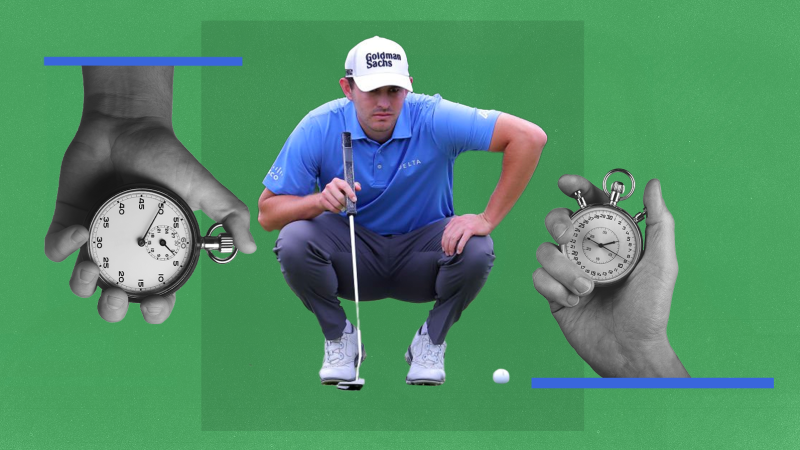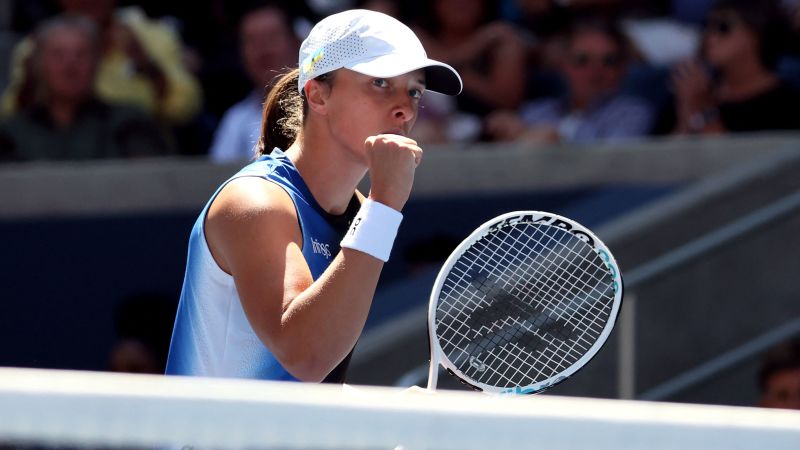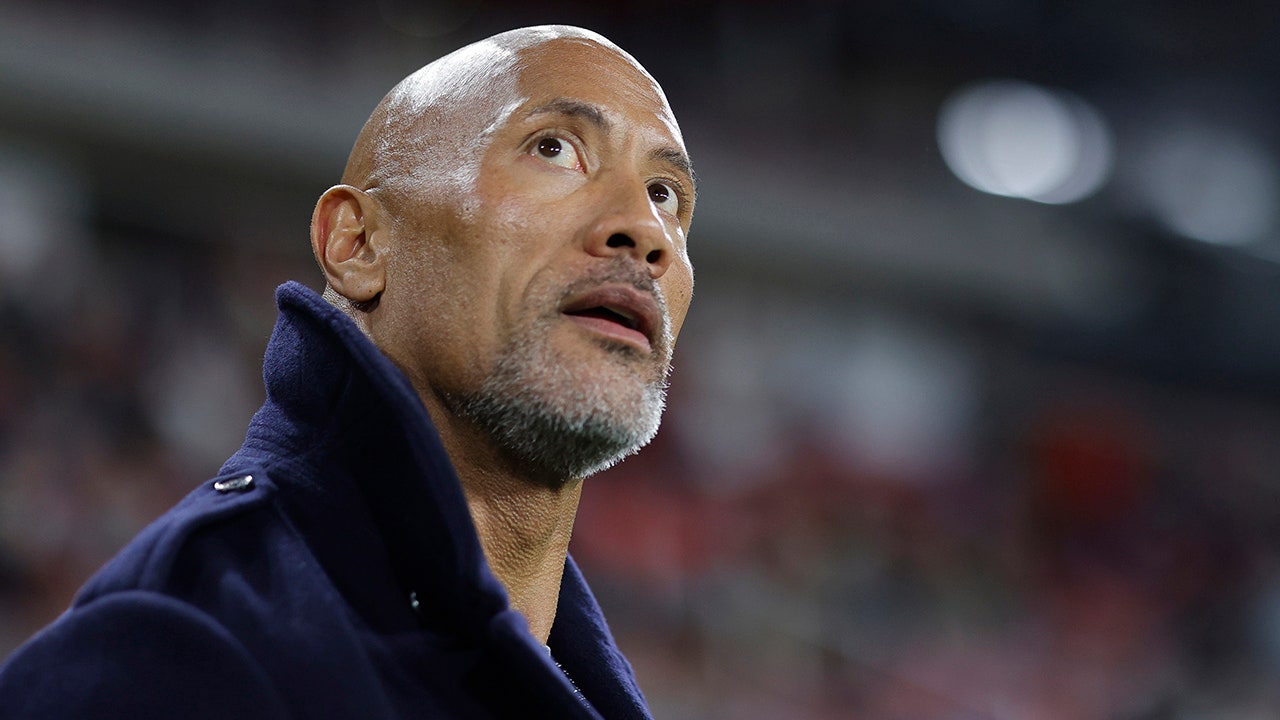Exploring the Role of the Stopper in Soccer: A Strategic Defensive Asset
Soccer, a sport known for its dynamic nature, relies heavily on the tactical acumen of players in various positions. Among the defensive positions, the role of the stopper holds a distinct place, playing a crucial part in thwarting opponent attacks and maintaining a solid defensive line. In this article, we delve into the significance of the stopper in soccer, examining their responsibilities, characteristics, and strategic contributions to the game.
Understanding the Stopper Position
Definition and Role
The stopper, often positioned in the center of the defense, serves as a key defensive player responsible for disrupting opposing attacks and preventing goal-scoring opportunities. Unlike traditional center-backs, the stopper is known for their aggressiveness, anticipation, and ability to initiate plays from the back.
Key Characteristics of a Stopper
Aggressiveness
One of the defining features of a stopper is their assertiveness in challenging opponents. They are not afraid to engage in physical duels, make timely tackles, and disrupt the rhythm of the opposing attackers.
Reading the Game
A successful stopper possesses excellent reading abilities, anticipating the movements of the opposition and intercepting passes. Their tactical awareness enables them to make crucial decisions in high-pressure situations.
Passing Ability
While defensive prowess is paramount, a modern stopper is also adept at playing the ball. They contribute to the team’s build-up play, often initiating attacks from the defensive third and connecting with midfielders to transition from defense to offense.
Leadership
Stopper players often assume leadership roles within the defense. They communicate with fellow defenders, organize the backline, and guide the team in defensive strategies. Leadership qualities are essential for maintaining defensive cohesion.
Tactical Contributions
Breaking up Opposition Plays
The primary duty of a stopper is to break up the opposition’s plays. This involves timely interceptions, well-timed tackles, and the ability to disrupt the flow of the opposing team’s attacking maneuvers.
Providing Defensive Cover
In situations where other defenders are pulled out of position, the stopper acts as a last line of defense. Their positional awareness and ability to cover spaces contribute to the overall stability of the defensive line.
Initiating Counterattacks
With passing skills and vision, the stopper becomes a catalyst for initiating counterattacks. After dispossessing the opponent, they can quickly distribute the ball to the midfield or launch long passes to exploit spaces in the opposition’s half.
Evolution of the Stopper Role
Historical Context
The concept of the stopper has evolved over time. Traditionally, stoppers were seen as physical enforcers, focused on stopping the opponent’s advances through sheer strength. However, the modern game demands a more versatile skill set, including technical proficiency and strategic thinking.
Integration with Sweeper or Libero
In some tactical setups, the stopper may be part of a defensive duo with a sweeper or libero. This combination provides additional defensive cover and flexibility, allowing the stopper to focus on breaking up plays while the sweeper acts as a sweeping defender.
Conclusion
The stopper position in soccer stands as a testament to the strategic evolution of defensive roles in the beautiful game. A successful stopper combines defensive grit with tactical intelligence, contributing not only to defensive solidity but also actively participating in the team’s overall game plan. As soccer continues to evolve, the stopper remains a vital piece of the defensive puzzle, offering teams a dynamic and proactive defensive presence on the field.







